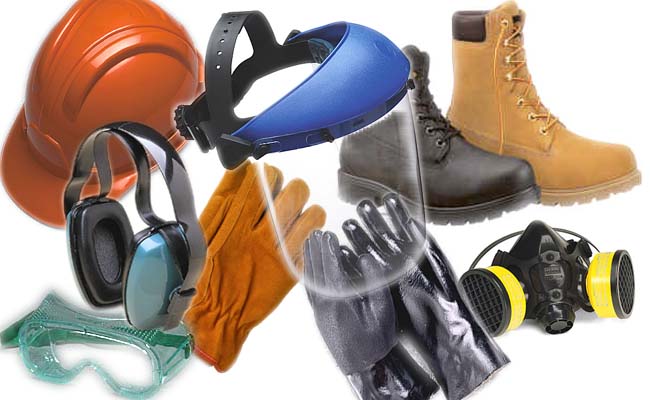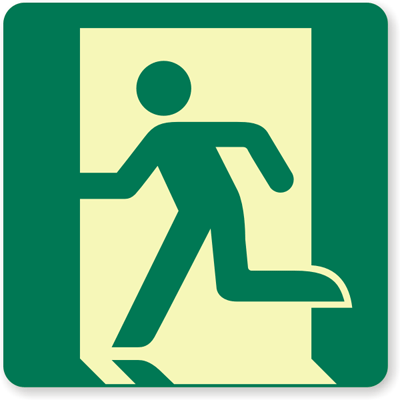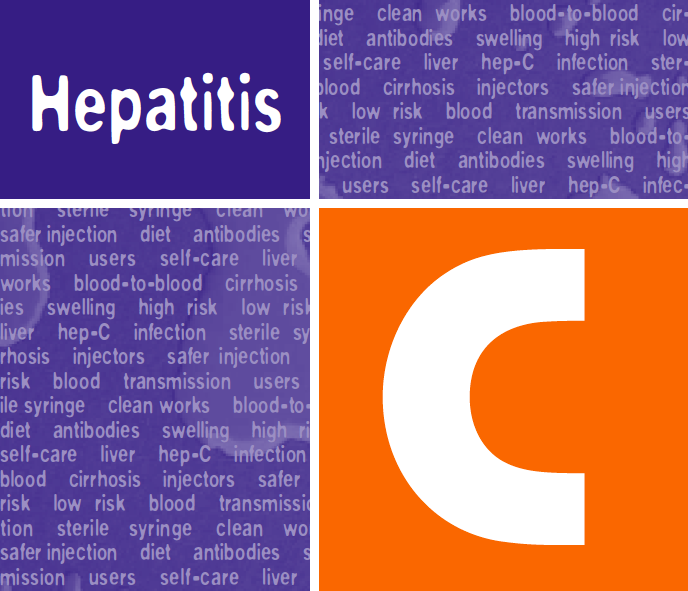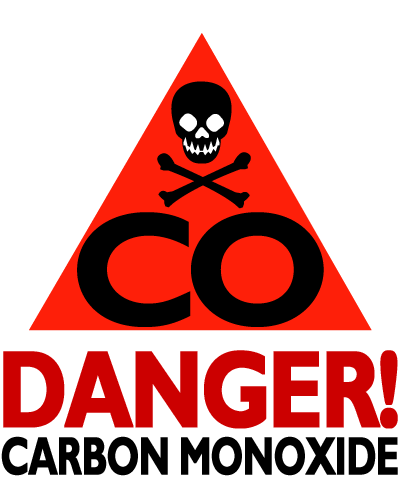 Human resources compliance is a necessity for any business in today’s legal environment. Between the Fair Labor Standards Act (FLSA), OSHA, sexual harassment, and antidiscrimination laws, a business that isn’t aware of its HR responsibilities is headed for trouble.
Human resources compliance is a necessity for any business in today’s legal environment. Between the Fair Labor Standards Act (FLSA), OSHA, sexual harassment, and antidiscrimination laws, a business that isn’t aware of its HR responsibilities is headed for trouble.
When done correctly, HR compliance is a process. It’s a way of defining proper individual and group behaviors, and assuring that laws and policies are understood and followed. This means you must know the laws and develop appropriate policies in relation to these laws. Compliance also means you and your managers need to communicate these policies to the troops, along with your expectations for adherence and the consequences for nonadherence. The latter requires specific investigative and punishment procedures.
Effective HR compliance programs need to be integrated into your business strategies and given more than just lip service. Compliance has to start at the top and trickle down to all levels, so everyone in the company knows that the workplace must be kept safe and discrimination won’t be tolerated.
via Developing an Effective HR Compliance Program | Legal > Labor & Employment Law from AllBusiness.com.









